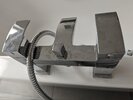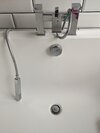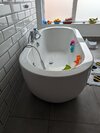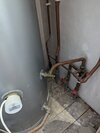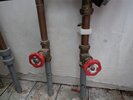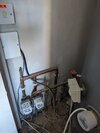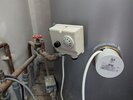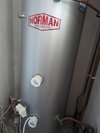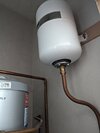Hi all,
I'm new to this forum and a DIY newbie so apologies if I'm not posting correctly.
We've just purchased our first house and we moved in to a leaking bath tap. The leak happens with either the tap (correctly terminology?) or shower outlet and is dependant on whether the mixer part is switched to one or the other.
Im struggling to get a plumber to come and look at it so what do I need to do to fix it. I'm more than happy to go to Homebase to get a new mixer tap if theres a chance I need to do that. But I need to work out a few things:
1) How to turn the water off in the bathroom
2) How to take the tap off. Do I need to turn the bath over and is there a risk of damaging the pipes if I do? In other words do I really need a plumber if I'm a newbie to this type of thing?
3) What do I need to do the job?
I've attached some photos.
Thanks
I'm new to this forum and a DIY newbie so apologies if I'm not posting correctly.
We've just purchased our first house and we moved in to a leaking bath tap. The leak happens with either the tap (correctly terminology?) or shower outlet and is dependant on whether the mixer part is switched to one or the other.
Im struggling to get a plumber to come and look at it so what do I need to do to fix it. I'm more than happy to go to Homebase to get a new mixer tap if theres a chance I need to do that. But I need to work out a few things:
1) How to turn the water off in the bathroom
2) How to take the tap off. Do I need to turn the bath over and is there a risk of damaging the pipes if I do? In other words do I really need a plumber if I'm a newbie to this type of thing?
3) What do I need to do the job?
I've attached some photos.
Thanks


